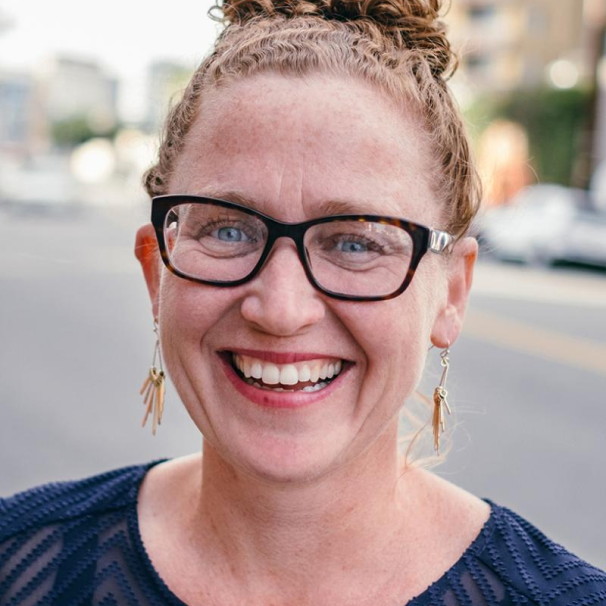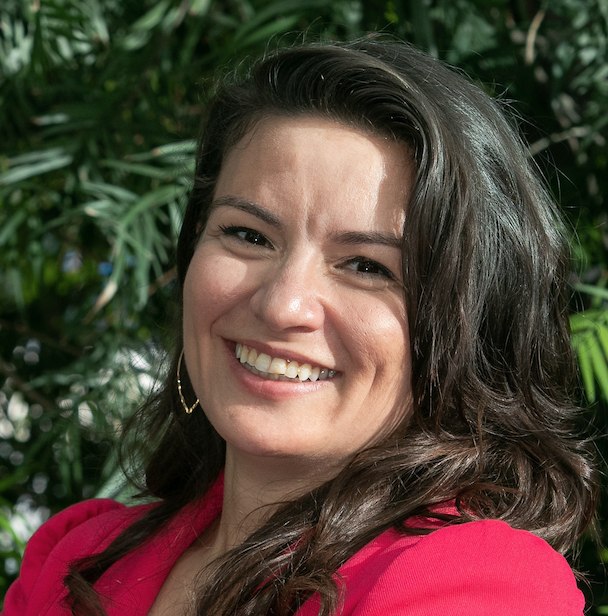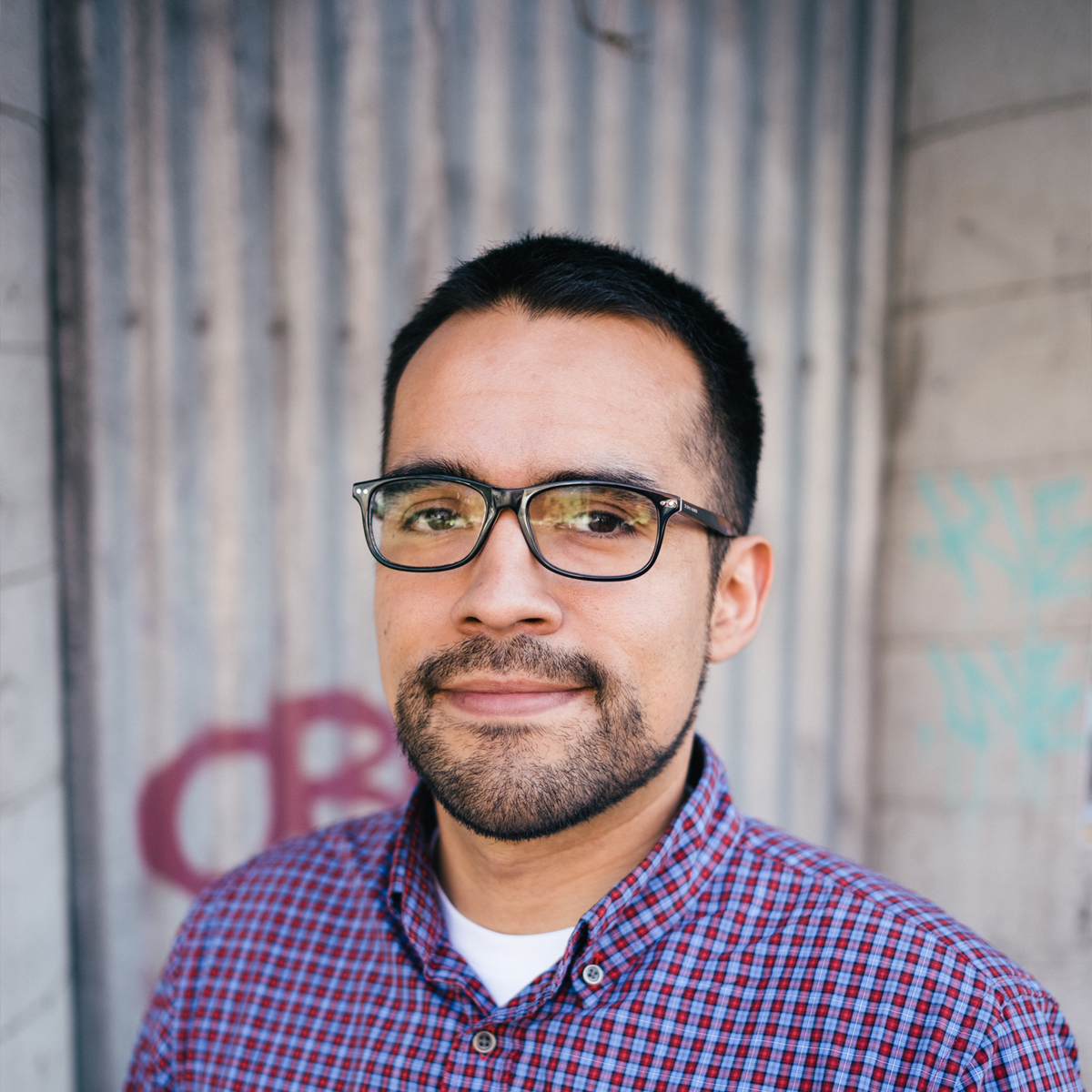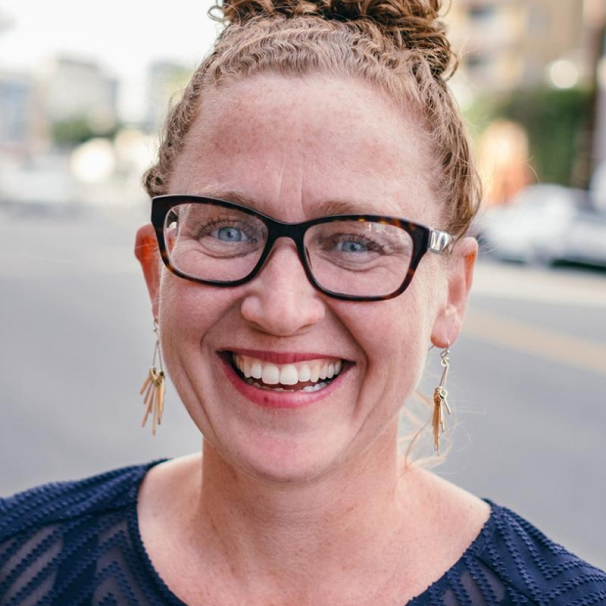It is no secret that advocates across Los Angeles, both inside and outside of public agencies have been pushing for a regional definition of equity for a while now. But in 2019, a little over two years after Measure M was voted to be Los Angeles County’s fourth transportation sales tax and when a combination of Measure M and SB 1’s gas tax revenue will pour just under $2 billion every year into the Los Angeles region, we are due for equity implementation.
Why think regionally?
A regional definition of equity would do so many things. It would clear up the regularly-confused differences between “equity” and “equality.” It would highlight communities that have been historically underinvested in, resulting in socioeconomic barriers to resources and opportunities. And it would be a first step to a future Los Angeles where people from all backgrounds can afford to live, get to work and school, and enjoy a healthy quality of life.
But what we repeatedly heard at our 5th Policymakers Breakfast this week is that a regional definition of equity would also uplift the smaller, underresourced cities of Los Angeles County to better meet the needs of their constituents.
The “other 88”
Councilmembers representing cities across Greater Los Angeles, including Huntington Park, West Hollywood, South Gate, El Monte, and Culver City told us: their cities need support. With part-time, unpaid elected officials and minimal agency staff, these jurisdictions face huge hurdles with grant opportunities, project delivery, and community engagement. A regional definition and implementation of equity metrics to countywide investments and policies, would recognize the needs of these communities are just as important as the needs of larger jurisdictions.
Uplifting high-need communities across the Los Angeles region requires uplifting local cities. After all, many everyday issues that impact those with the fewest mobility options are all implemented at the local level: traffic safety, crosswalks and sidewalks, bus shelters and tree canopy, bike and bus lanes, and affordable housing policies. And community engagement is directly impactful at the local level.
Not only does the Equity Platform lay out the need for a regional definition of equity, but also includes: Build local government capacity serving historically underserved communities. That is exactly what we heard small cities asking for.
Otherwise, as Seleta Reynolds (General Manager of the Department of Transportation in the largest City in Los Angeles County) shared, “the gaps between large cities and small cities will continue to grow.”
Month 12
Last February, dozens of supporters and advocates of equity praised Metro for approving the agency’s first-ever Equity Platform. But where are we now, one year later?
There are several policies and initiatives across the County that we are tracking that would all be set on the right course by a regional definition of equity. Among them are :
- Long Range Transportation Plan (LRTP)
- Twenty Eight by ‘28
- Measure M 2% Active Transportation
- Transit Oriented Communities
- Improvement of the City of Los Angeles public right-of-way
We look forward to working further with all of our partners from across Greater Los Angeles on achieving a #JustGrowth region, where low economic disparities and high racial inclusion make an economically stronger and healthier region as a whole.








